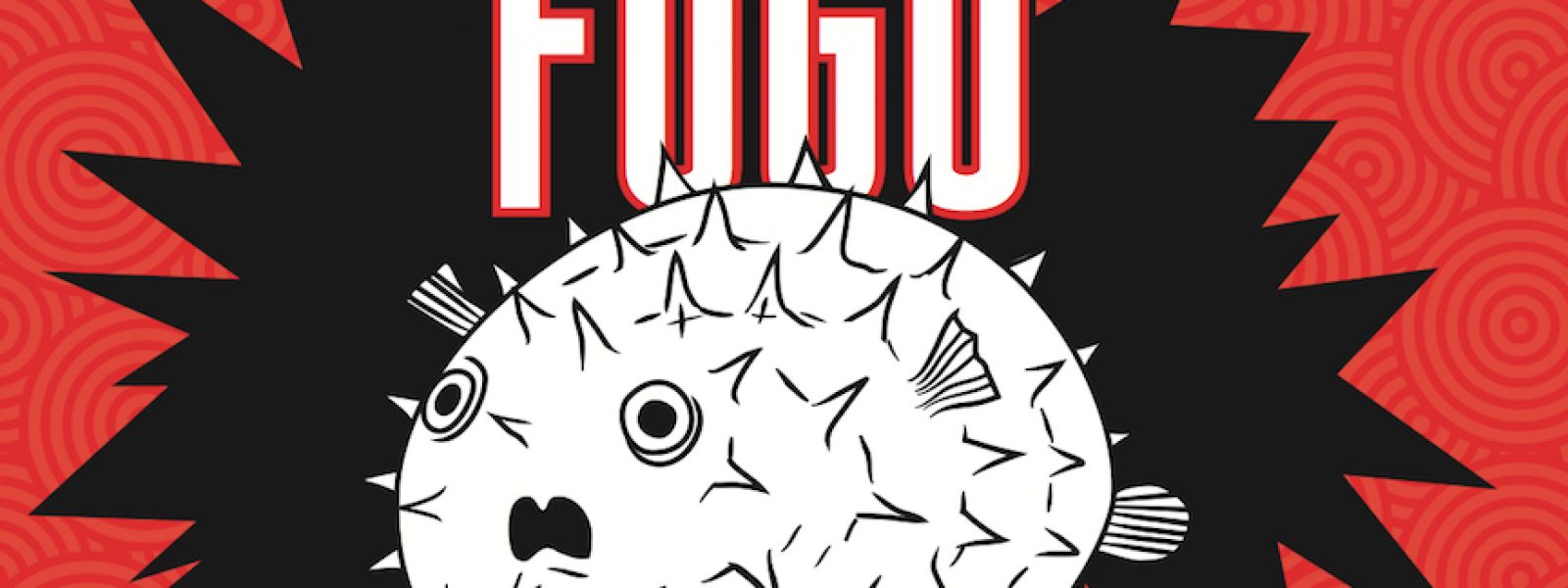Danger!
Beware of Japanese restaurants boasting glowing, globular, fish-shaped lanterns…it might mean a meal there could be your last. The lantern signifies that they specialize in serving toxic fugu, also called puffer fish or blowfish. Japan has been home to the fugu dish for hundreds of years, if not more. Anthropologists discovered remnants of fugu meals dating back more than 2,300 years.
The dish has been banned several times throughout the country’s history. A Japanese emperor feared being poisoned by the fish, so he banned it for his own safety. It’s no wonder why–people died left and right from consuming the delicacy. In 1958, the Japanese government nipped this problem in the fins with the development of the fugu chef training and licensing process. It begins with a two- to three-year apprenticeship where novitiates learn all about the fish and how to cut it. Hopefully they pay attention to the other details that will ensure that you live through their meals when they graduate. Still, an estimated 20 diners still die each year after eating fugu.


Puffer Fish
Don’t mess with a puffer fish. These swift swimmers will unleash some serious wrath if provoked. If the fish can’t make a quick getaway (they’re capable of sudden bursts of speed if they sense danger), the fugu will fill their bellies with water and air. The fish blows up like a balloon, expelling the pointy spines that cover its body into a predator’s body, mouth, or if it’s too late, throat. If the fugu is indeed ingested, it still gets the last laugh. Whatever eats the blowfish will feel peachy for a while but will eventually die from the toxins released by the fish.


Poison Control
Fugu has 11 body parts that are so poisonous, one bite could send you to your grave. The most poisonous parts of the fish are the liver, ovaries, and skin. the liver is so strong, it’s illegal to sell it in Japan.
Chances are you won’t have to worry about fugu poisoning, but there are some things you might come across to look out for. Rhubarb leaves for example are poisonous to humans, but the stems are safe to eat. I’m all for adventurous eating, but your best bet is to run any “new foods” you are trying by your parents first.

